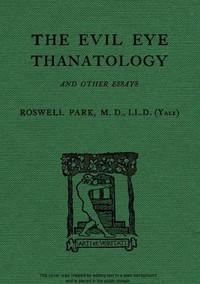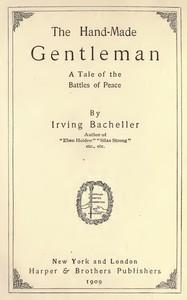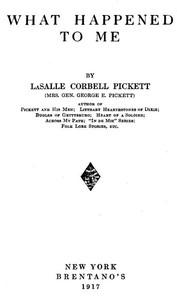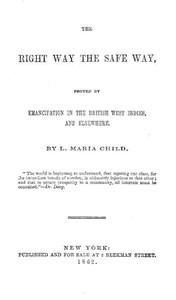Read this ebook for free! No credit card needed, absolutely nothing to pay.
Words: 80051 in 13 pages
This is an ebook sharing website. You can read the uploaded ebooks for free here. No credit cards needed, nothing to pay. If you want to own a digital copy of the ebook, or want to read offline with your favorite ebook-reader, then you can choose to buy and download the ebook.


: The Evil Eye Thanatology and Other Essays by Park Roswell - Religion; Medicine; Mythology; Bruno Giordano 1548-1600; Knights of Malta; Evil eye; Students
of sanitary medicine.
IATRO-THEURGIC SYMBOLISM
An Address before the Maine Medical Association, Portland, June 2nd, 1898.
That the Cross was originally a phallic emblem is proven, among other things, by the origin of the so-called Maltese Cross, which originally was carved out of solid granite, and represented by four huge phalli springing from a common center, which were afterward changed by the Knights of St. John of Malta into four triangles meeting at a central globe; thus we see combined the symbol of eternal and the emblem of constantly renovating life. The reason why the Maltese Cross had so distinctly a phallic origin, and why the Knights of St. John saw fit to make something more decent of it, is not clear, but a study of Assyrian antiquities of the days of Nineveh and Babylon shows that it referred to the four great gods of the Assyrian Pantheon, and that with a due setting it signifies the sun ruling both the earth and heavens. Schliemann discovered many examples of it on the vases which he exhumed from the ruins of Troy.
In the British Museum one may see, in the Assyrian galleries, effigies in stone of certain kings from whose necks are suspended sculptured Maltese crosses, such as the Catholics call the Pectoral Cross. In Egypt, long before Christ, the sacred Ibis was represented with human hands and feet, holding the staff of Isis in one hand and the Cross in the other. The ancient Egyptian astronomical signs of planets contained numerous crosses. Saturn was represented by a cross surmounting a ram's horn; Jupiter by a cross beneath a horn, Venus by a cross beneath a circle , the Earth by a cross within the circle, and Mars by a circle beneath the cross; many of these signs are in use to-day. Between the Buddhist crosses of India and those of the Roman church are remarkable resemblances; the former were frequently placed upon a Calvary as is the Catholic custom to-day. The cross is found among the hieroglyphics of China and upon Chinese pagodas, and upon the lamps with which they illuminated their temples. Upon the ancient Phoenician medals were inscribed the Cross, the Rosary and the Lamb. In England there has been for a long time the custom of eating the so-called Hot-Cross Buns upon Good Friday:--this is no more than a reproduction of a cake marked with a cross which used to be duly offered to the serpent and the bull in heathen temples, as also to human idols. It was made of flour and milk, or oil, and was often eaten with much ceremony by priests and people.
Perhaps the most ancient of all forms of the cross is the cruciform hammer known sometimes as Thor's Battle Ax. In this form it was venerated by the heroes of the North as a magical sign, which thwarted the power of death over those who bore it. Even to-day it is employed by the women of India and certain parts of Africa as indicating the possession of a taboo with which they protect their property. It has been stated that this was the mark which the prophet was commanded to impress upon the foreheads of the faithful in Judah. .
It is of interest also as being almost the last of the purely pagan symbols to be religiously preserved in Europe long after the establishment of Christianity, since to the close of the Middle Ages the Cistercean monk wore it upon his stole. It may be seen upon the bells of many parish churches, where it was placed as a magical sign to subdue the vicious spirit of the tempest.
The original cross, no matter what its form, had but one meaning; it represented creative power and eternity. In Egypt, Assyria and Britain, in India, China and Scandinavia, it was an emblem of life and immortality; upon this continent it was the sign of freedom from suffering, and everywhere it symbolized resurrection and life to come. Moreover from its common combination with the yoni or female emblem, we may conclude, with Inman, that the ancient Cross was an emblem of the belief in a male Creator and the method by which creation was initiated.
As perfectly consistent with the ancient doctrine that deity is both male and female take this thought from Proclus, who quotes the following among other Orphic verses:
"Jupiter is a man; Jupiter is also an immortal maid;" while in the same commentary we read that "All things were contained in the womb of Jupiter."
In this connection it was quite customary to depict Jupiter as a female, sometimes with three heads; often the figure was drawn with a serpent and was venerated under the symbol of fire. It was then called Mythra and was worshipped in secret caverns. The rites of this worship were quite well known to the Romans.
The hermaphrodite element of religion is sex worship; gods are styled he-she; Synesius gives an inscription on an Egyptian deity, "Thou art the father and thou art the mother; thou art the male and thou art the female." Baal was of uncertain sex and his votaries usually invoked him thus, "Hear us whether thou art god or goddess." Heathens seem to have made their gods hermaphrodites in order to express both the generative and prolific virtue of their deities. I have myself heard one of the finest living Hindoo scholars, a convert to Christianity, invoke the God of the Christian Church both as father and as mother.
Free books android app tbrJar TBR JAR Read Free books online gutenberg
More posts by @FreeBooks

: The Hand-Made Gentleman: A Tale of the Battles of Peace by Bacheller Irving - United States History 19th century Fiction


: What Happened to Me by Pickett La Salle Corbell - United States History Civil War 1861-1865 Personal narratives Confederate; Pickett George E. (George Edward) 1825-1875





